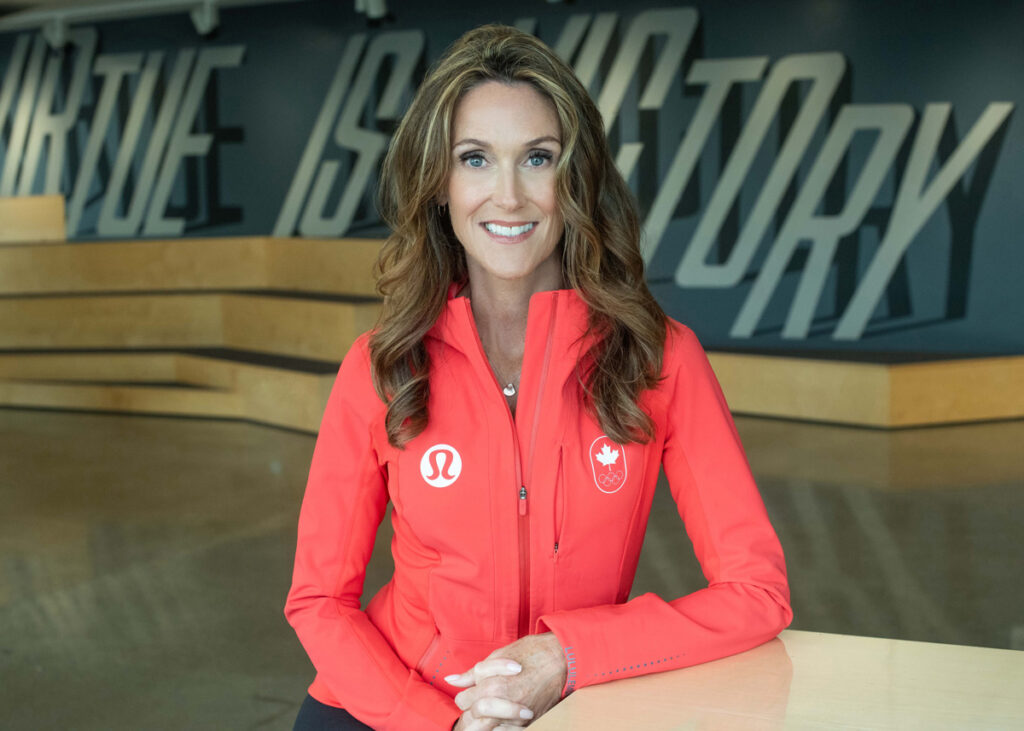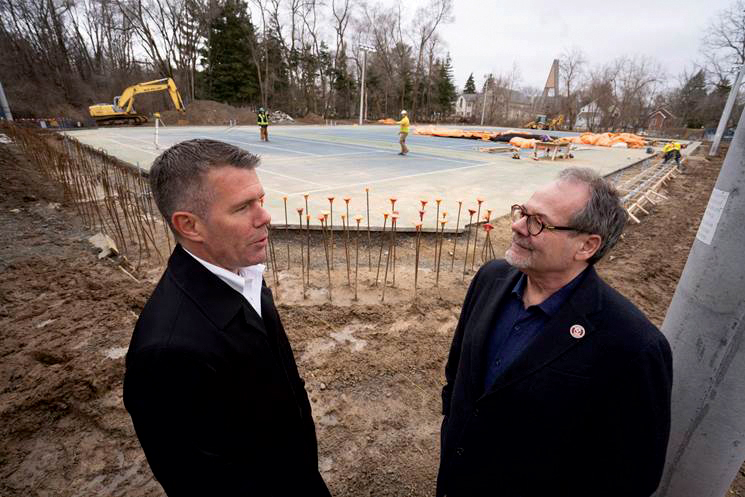By Connie Jeske Crane

As a registered charity with a fundraising focus, how does the Canadian Olympic Foundation (COF) differ from the Canadian Olympic Committee (COC), which has lots of corporate sponsors?
The Canadian Olympic Foundation gives a really unique opportunity for individual Canadians to join Team Canada. I think what sets the Canadian Olympic Foundation apart is just how tangible the impact is that one’s support can make—donations go directly to supporting Team Canada athletes on their Olympic journeys.
Is it harder to fundraise today?
It’s a tough environment, for sure, to be fundraising in right now. And I think that speaks to the importance of having a very focused mission, knowing exactly what you’re trying to achieve.
We’re lucky we have a very strong donor base who are very passionate about supporting Team Canada and they understand the need absolutely—that these athletes are giving of their lives to represent Canada in Paris. We’ve certainly seen that downturns in economies do affect donors. But in our instance, [donors] really have stepped up.
What communications strategies have been helpful?
Because we’re a registered charity, we need to be efficient with our funds. We do everything we can to make sure the dollars come in and go right back out to the athletes. And we make sure our donors understand what it is we’re trying to achieve, ask for their support and then we report back on how the funds are doing, demonstrating that their dollars are being leveraged efficiently.
What about social media strategy?
Athletes are at the centre of absolutely everything we do—that’s supporting their journey to the Games, celebrating their achievements and the inspiration they’re providing for all Canadians. Often, that means we’re sharing their stories on our digital channels. We also spend a lot of time celebrating our donors and talking about athlete needs through our social media platforms.
What do your fundraising events look like post-COVID?
We have adopted a really great strategy of hosting, we call them micro events, instead of large-scale fundraising galas or events. This is a much more efficient use of financial resources, again because we’re trying to make sure as much as possible goes to the athletes. We have small gatherings with donors and people who want to get involved with Team Canada. And it’s really fun. We bring athletes, we might go to a dinner or a sporting event.
You’ve also rolled out some innovative initiatives, many with social impacts, which engage donors. Could you share some examples?
Last year, as an example of a fundraising strategy, we launched the Team Canada Giving Circle. It’s a way to organize our stewardship and a recognition of donors who are able to make a really substantial contribution to Team Canada. There’s also the Marissa and Moez Kassam Level the Playing Field initiative. That fund is exactly how it sounds—it’s about driving resources directly to grassroots programs that engage young people, from newcomers to underserved communities, in sports. We also launched the Team Canada Impact Agenda, organization-wide, for the COC and for the COF. It’s all about ensuring and demonstrating our commitment to making sports safe, inclusive and barrier free.
Published March 2024



